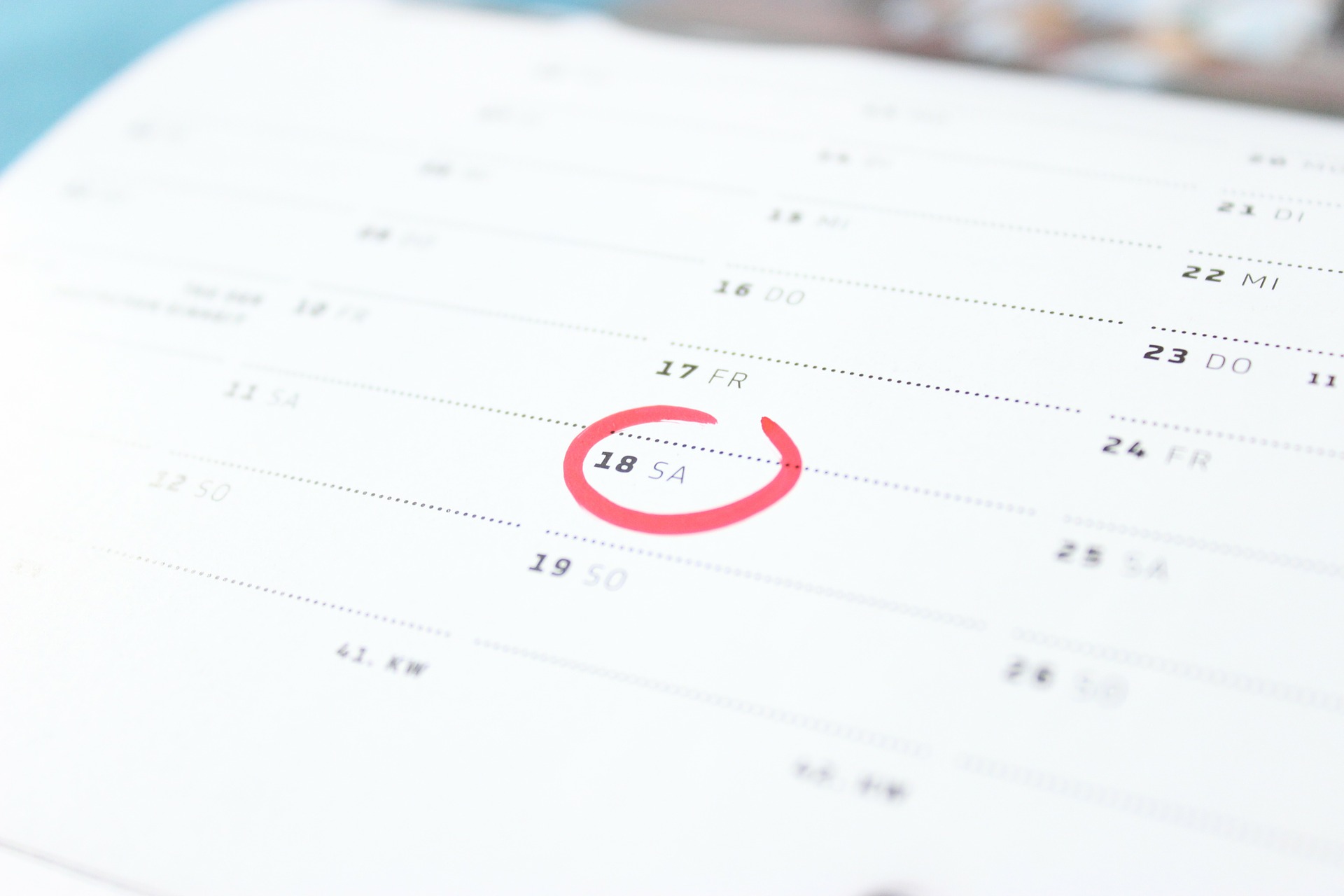I want to try to give a picture on how it is to sail a raft and how it is to steer with guaraboards, or daggerboards. Now we have been out sailaing for over four weeks. Mostly we have had southeasterly and easterly winds. They have been from a light breeze to what we in Norway call a «frisk bris», about 10 m/s, maybe up to a small gail in some showers. Even tough we have sailed and steered this vessel for a month now, we experience new things every day.
So one thing is the sailing and the other one is the steering. I will start with the steering. We have ten sinkingkeels, guaras, on the raft, six in the front and four in the back. In princip if you put down the guaras in the front and up in the back, the raft will turn up in the wind. And if you do oposite with the guaras, the raft will fall off. So to balance the raft, one have to put as much as one can down both in the front and in the back. But still it seems it is important to not put down to much. Both because you do not want to break your guaras and it is easier to steer if you have some of them higher up, especially in the back. Then the guaras you use for steering have a bigger effect. Usually we steer with just one or two guaras, adjust them up and down. There are eigth holes in them. While the other 8, most often are kept in the same hole. Changes happen when the wind changes and we have to fix both the sail and the steering, or when we go to high up in the wind, and have to fall off.
It seems that one can steer the raft from were ever you want, it is just more work doing it in the windward side for example. This is because the guaras in the windward side seems to be more effect than the ones in the leeward side. So now, trying to find this small island, the captain tells us to hold course 241 over ground. And it is possible to hold this course, it is possible to hold one stable course. Just by taking the guaras up and down. And of course balacing the sail.
The sail is an other chapter on how to steer these rafts. We have one mast with a square sail, which is 90 sqm. It is made by Bryt Sails in Polen. The first challenge was how to rig this raft, where to fasten the shrouds and stays. Ola Borgfjord, Signe Meling and myself used some hours on thinking on how to make the best solution. We ended up with fastening them under the mainlogs, and uptill now it has been a good idea. Another challange was where to fasten the tack. We did some calculations, used them and also had in mind where it was most practical to put it. All the rope on the raft is sisal. And that is definetly another story, which you have to wait for. For now we can say that sisal streches a lot, when it is wet, it is impossible to work with, it can almost stand no shafing and it catches fungus quite fast.
The raft Rahiti Tane, it is possible to sail 80-100 degrees on the wind. It depends on how much wind it is, how much pressure there is in the sail. I can not say anything about the other raft, Tupac, but it seems they can sail higher into the wind. The two rafts are very different, even though built side by side with exactly the same material. One theory on why there is some difference is that Tupac have thinner and straiter logs than Rahiti. This makes the raft lay deeper in the water, but maybe easier to control.
Back to the sailing. Since we have the wind in more or less 90 degrees on the raft, we trim the sail after that. This is when we get the best balance. In the periods with much wind, we constantly steer, while in periods with less wind, it is easier to steer with small adjustments now and then. In periods with much wind we have taken reefs in the sail. This seems not to effect the steering much, or the speed. And uptil now we have only jibed. This has managed 90 % of the times we have done it. Turn around, under the wind, and back up on the other tack. The other 10% we have not been able to come up on the other tack, it has been easy to fall of, but not come back up. Then we have used the drifting anchor. Why is it like this? We have figured that we have to do it at least a thousand times before we can say exactly why. More times than we have time to before we reach the Easter Island. I think this will be it for now. We will defenetly write more about this in the time coming. Write about; drift, how the sail is set, where the tack is, does the sail fit the raft at all, how is the shape of the sail, trimming of the rig, trimming of the raft, where the weigth is.
Anyways, I hope that this is a begining on helping you to understand how it is to sail some balsalogs tied together to a squared vessel. We have many theories on how to do this. Some of them seem to work one time, but the next time, when the wind is just sligtly different, it does not work. One have to do it many many times to make sure it is exactly this or that way. Many more times than we will be able to do under the timepressure we have. Though we have prooved something. We have been able to sail these rafts towards the island in the world, furtherest away from any other country, on the world’s biggest ocean. That is something.
Gunvor



